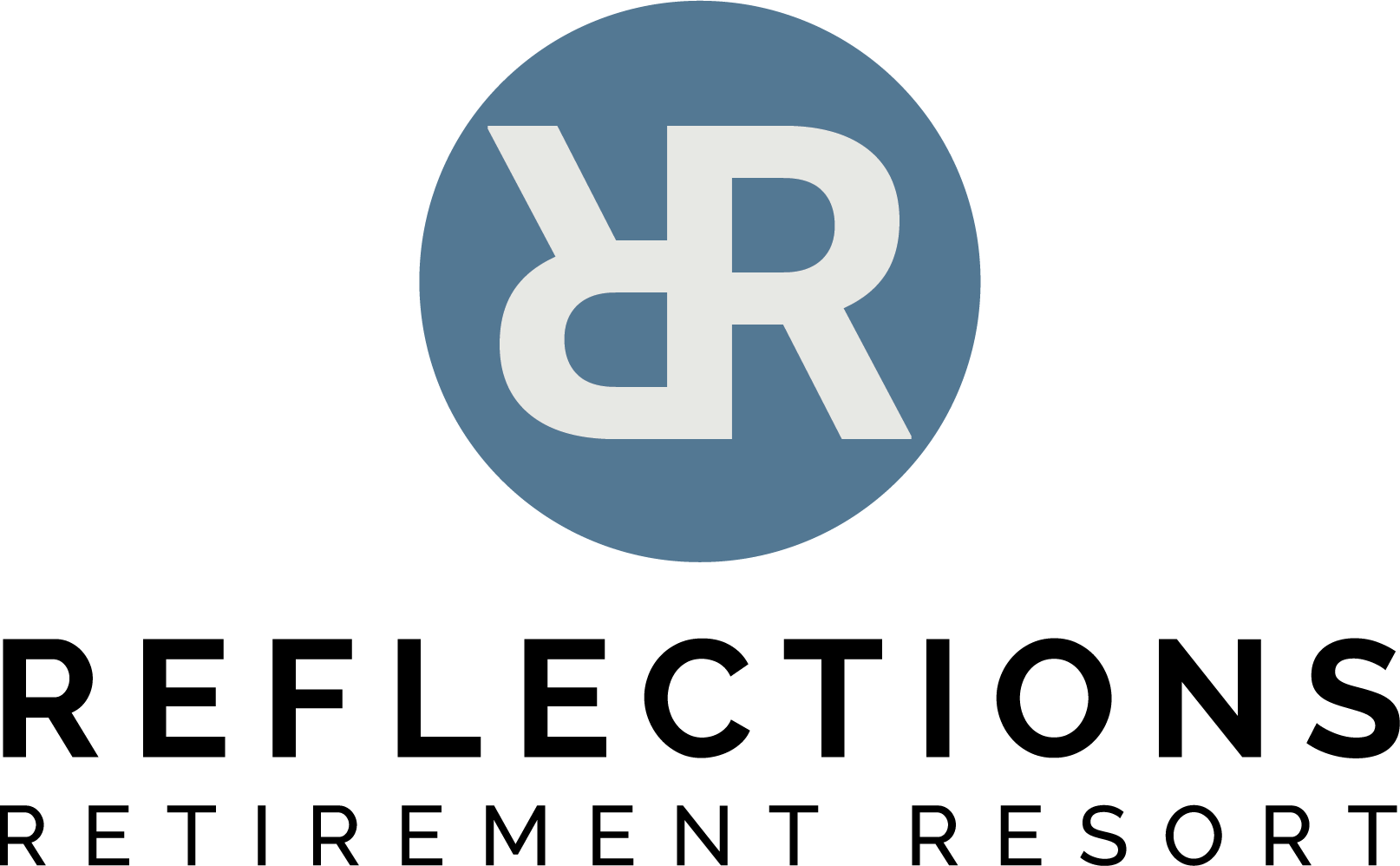Choosing the Right Retirement Living Option for Seniors

Deciding on a retirement living option for your loved one is a significant step. With so many choices available, it can feel overwhelming. This guide breaks down the most common types of retirement living options, who they are best suited for, and key considerations to help you make an informed decision.
1. Independent Living
What It Is: Independent living communities are designed for active seniors who want a maintenance-free lifestyle. These communities often include apartments or single-family homes with amenities like dining services, recreational activities, and housekeeping.
Best For: Seniors who are self-sufficient but looking to downsize, enjoy social activities, or no longer wish to manage household upkeep.
Key Considerations: Ensure the community offers activities that match your loved one’s interests and assess the cost, as independent living is typically not covered by Medicare or Medicaid.
2. Assisted Living
What It Is: Assisted living provides help with daily activities such as bathing, dressing, and medication management while still promoting independence. Residents have private or semi-private rooms and access to shared amenities.
Best For: Seniors who need some assistance with daily tasks but do not require full-time medical care.
Key Considerations: Look for a facility with personalized care plans and a strong focus on safety. Visiting in person can help gauge the quality of care and staff interaction.
3. Skilled Nursing Facilities (Nursing Homes)
What It Is: Nursing homes offer 24/7 medical care for seniors with significant health challenges or chronic conditions. They provide a higher level of medical attention compared to assisted living.
Best For: Seniors with complex medical needs, such as those recovering from surgery or living with chronic illnesses.
Key Considerations: Research state ratings and reviews of facilities. Be sure to ask about staff-to-resident ratios and specialized care options for conditions like dementia.
4. Memory Care
What It Is: Memory care facilities are tailored specifically for individuals with Alzheimer’s or other forms of dementia. These communities focus on creating a secure environment with specialized programs to support cognitive health.
Best For: Seniors with memory-related conditions who need structured routines and a safe living space.
Key Considerations: Check for staff training in dementia care and security measures like locked units to prevent wandering.
5. Continuing Care Retirement Communities (CCRCs)
What It Is: CCRCs offer a continuum of care, from independent living to skilled nursing, all within one community. This allows residents to transition seamlessly as their needs change.
Best For: Seniors who want to "age in place" without the stress of relocating to a new facility as their health evolves.
Key Considerations: CCRCs typically require a significant upfront fee and monthly payments. Review the financial agreement carefully and confirm what’s included in the cost.
6. At-Home Care
What It Is: At-home care services provide personalized assistance in the comfort of a senior’s home. This can range from occasional help with chores to full-time medical care.
Best For: Seniors who prefer to stay in their own home but need varying levels of assistance.
Key Considerations: Hiring reputable caregivers is crucial. Consider whether the home can be modified to accommodate mobility or medical needs.
Final Thoughts
Choosing the right retirement living option depends on your loved one’s needs, preferences, and budget. Involve them in the decision-making process whenever possible, and don’t hesitate to seek advice from healthcare professionals or eldercare consultants. With the right choice, you can ensure they enjoy safety, comfort, and a fulfilling lifestyle.
Need Help? Contact Reflections Retirement Resort for a personalized consultation to explore the best retirement living options for your loved one.

